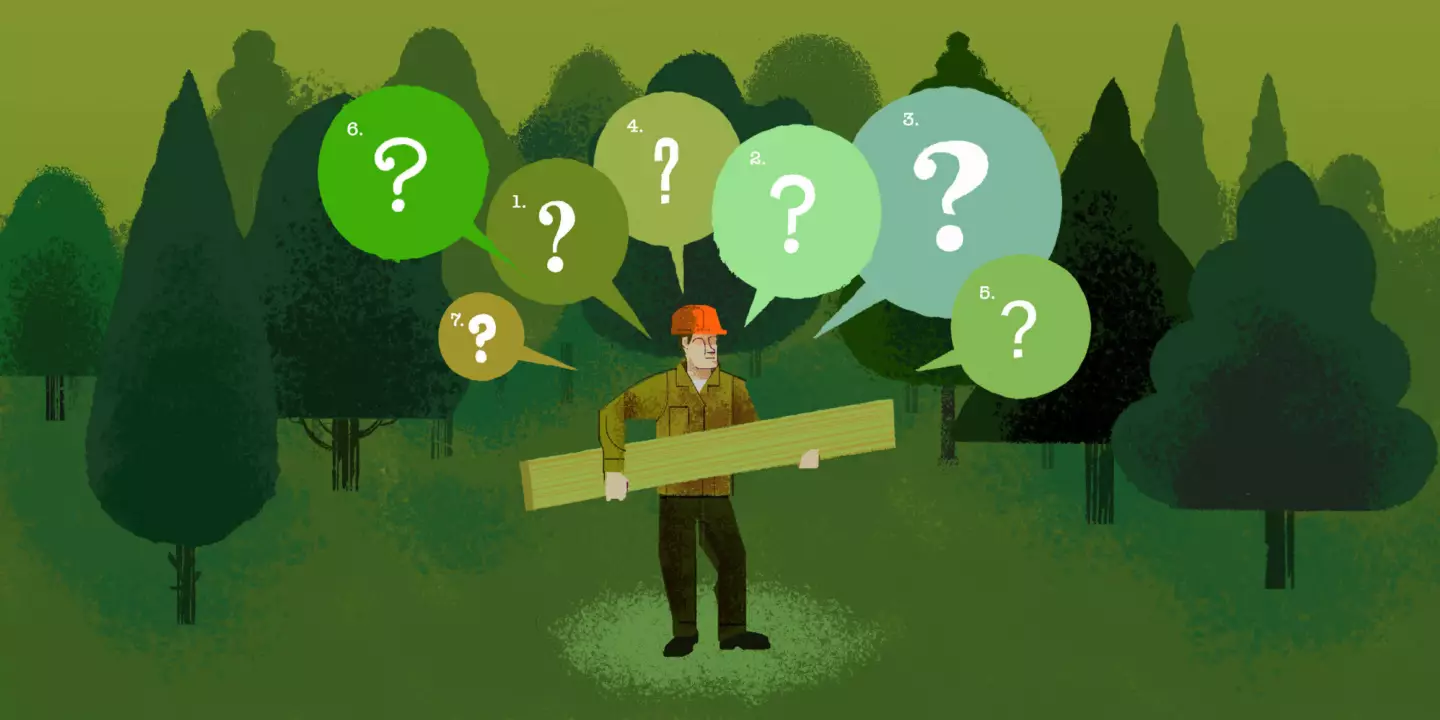Let’s ask more questions
Remember that company owners want to keep you happy. When owners keep hearing the same questions about the impacts of their products, they will get the message that their customers care.
Which means they’ll start investigating their supply chains, and probably find things they didn't expect to find. Even better, they may start putting these right.
So, please, please ask the questions. It’s an important first step in driving change. And it’s something we can all do today.
Why not come and practice on us? Come and ask those questions – we are a soft target. And then together let’s start a campaign of pestering companies with questions. Important ones about provenance and impact.
That way, companies will start seeing that customers do care.
Not just about the answers to their questions, but about the future of our amazing planet too.
#AskQuestions
Tom Barnes
MD of Vastern Timber and creator of Brimstone



